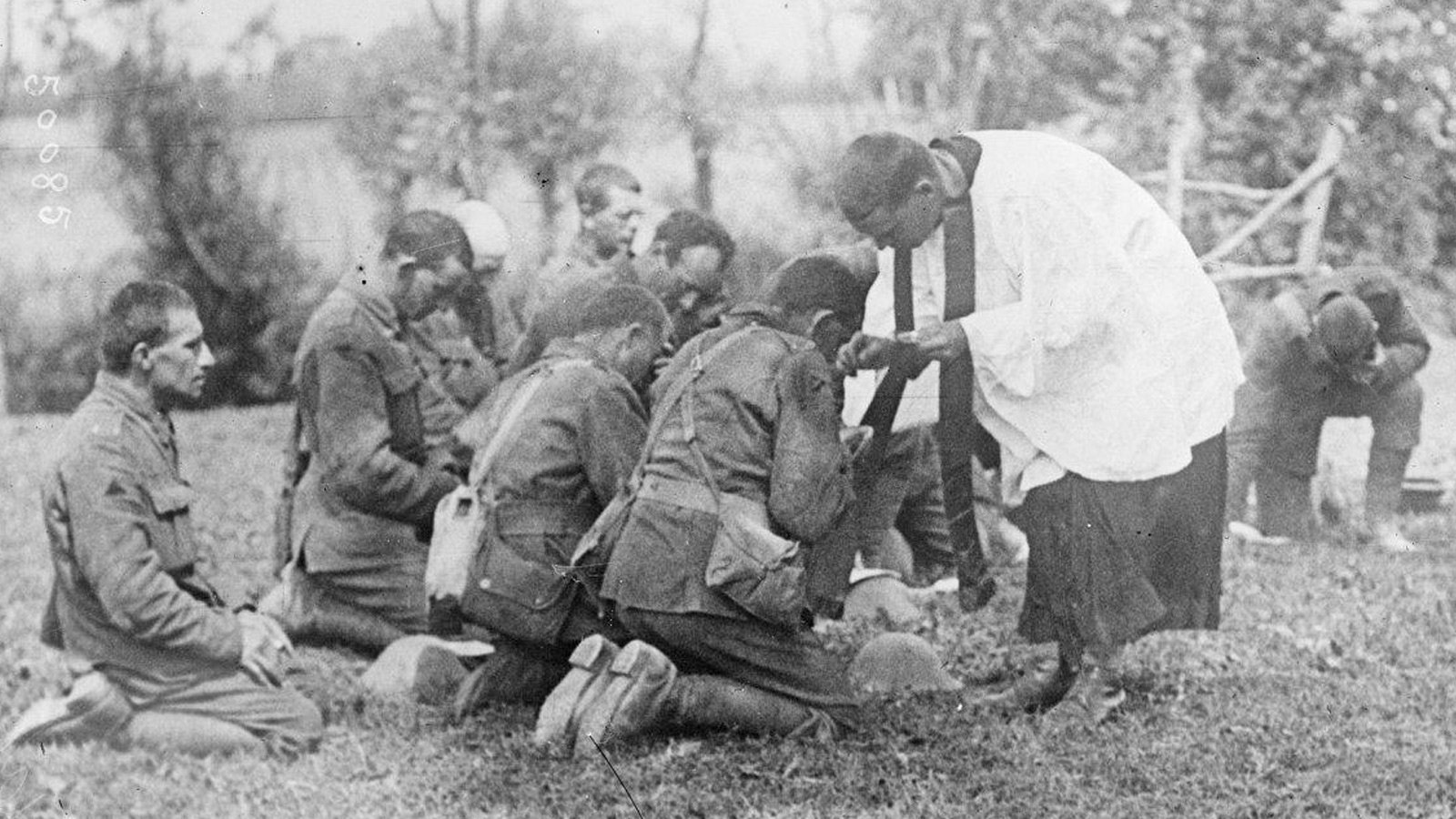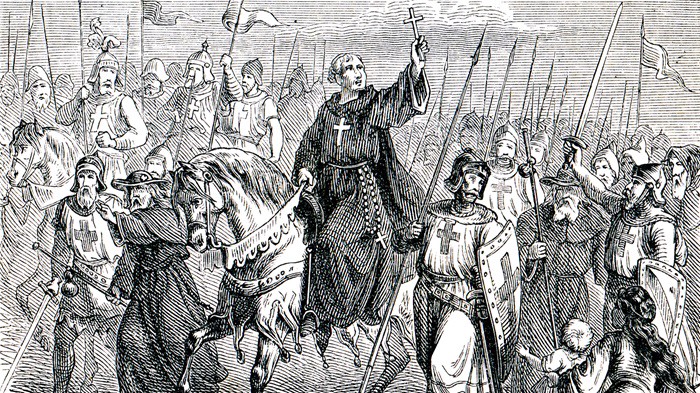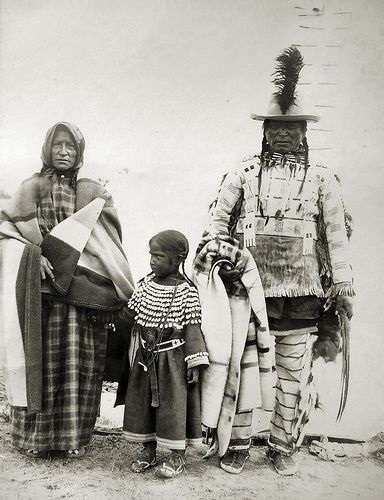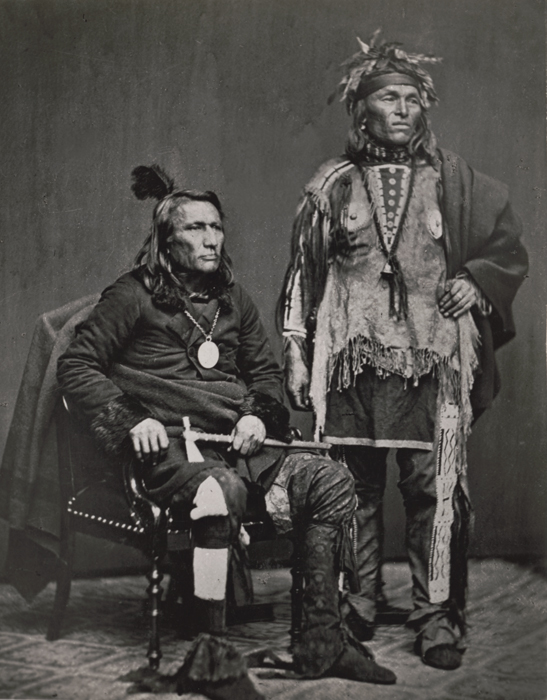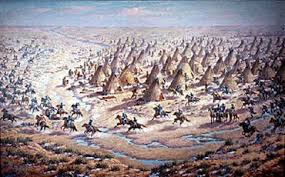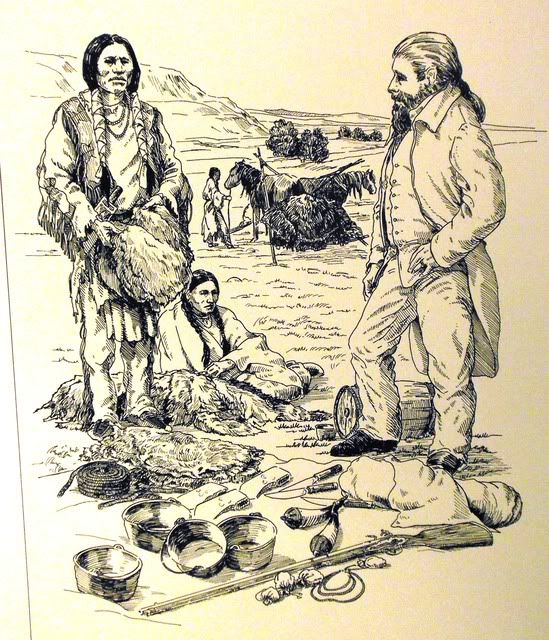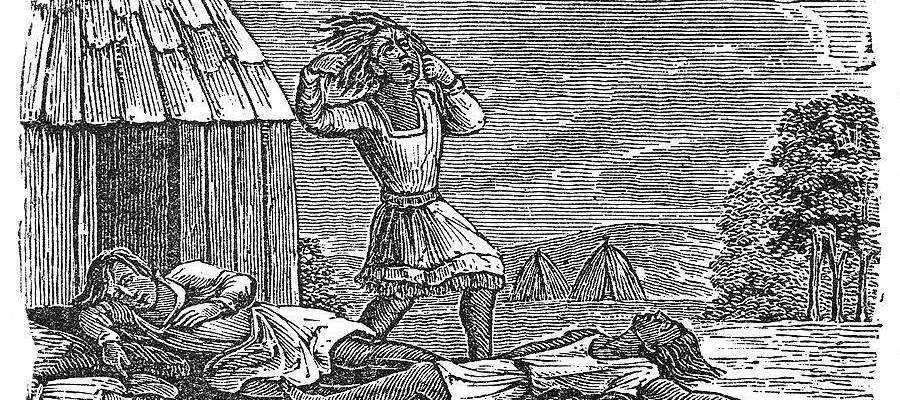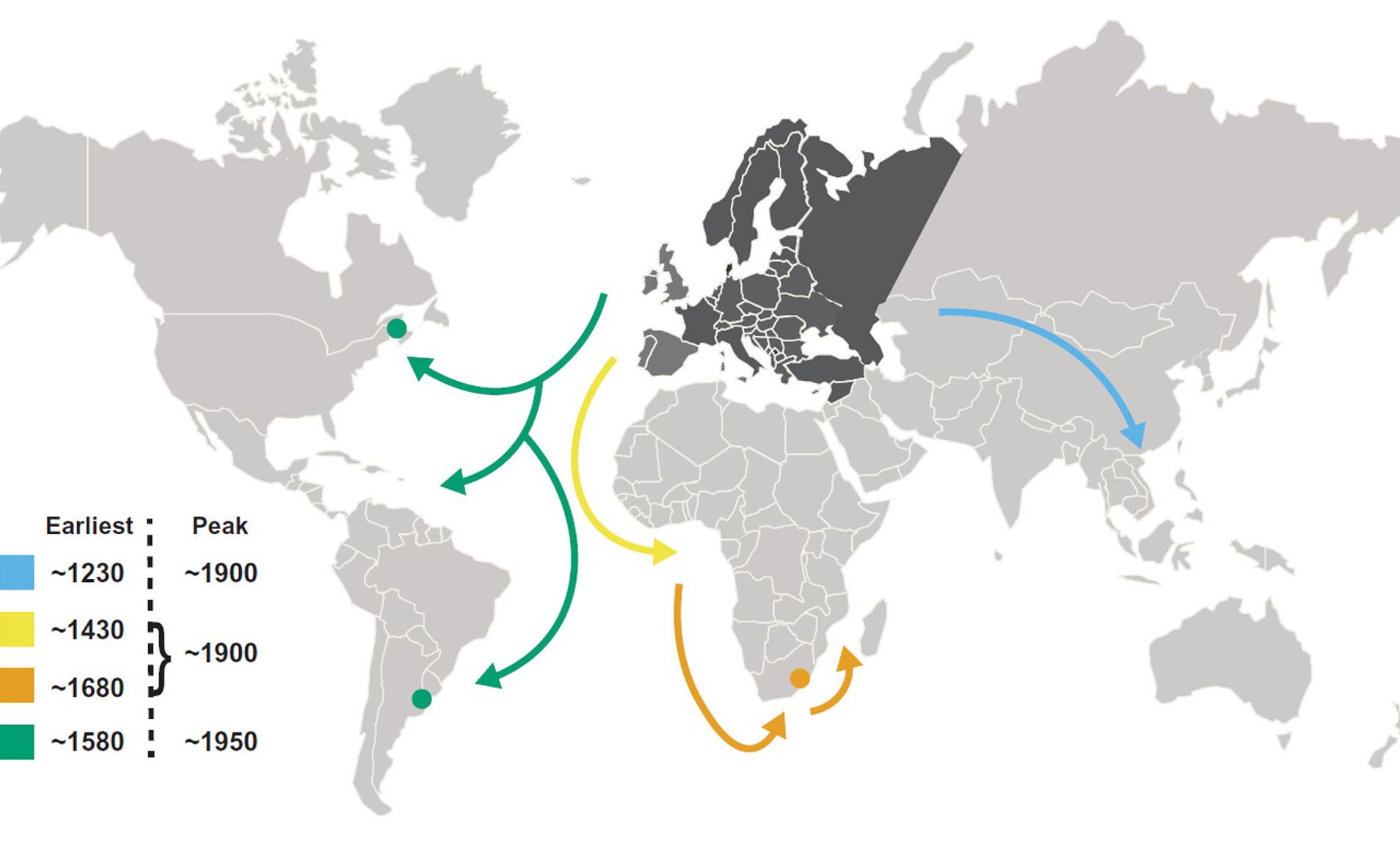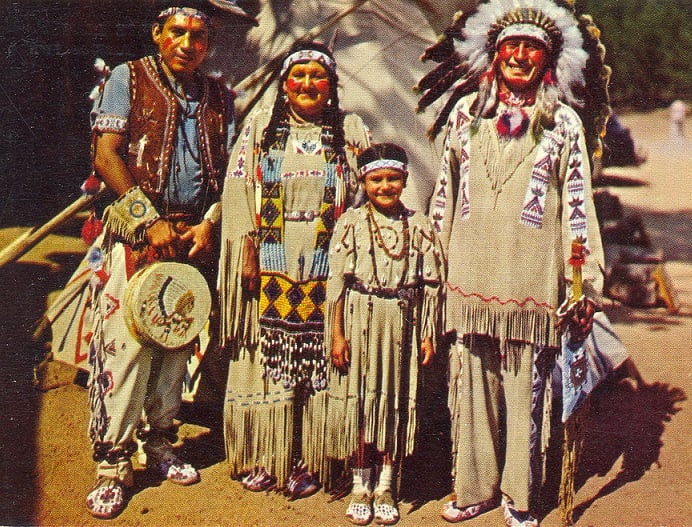Religion and American Indians in 1816
During the nineteenth century, the United States sought to bring Christianity to the American Indians and to suppress the expression of Native religions. Briefly described below are a few of the events of 1816 relating to religion and American Indians. In Kentucky, the Baptist Society for Propagating the Gospel Among the Heathens wrote a circular … Continued
